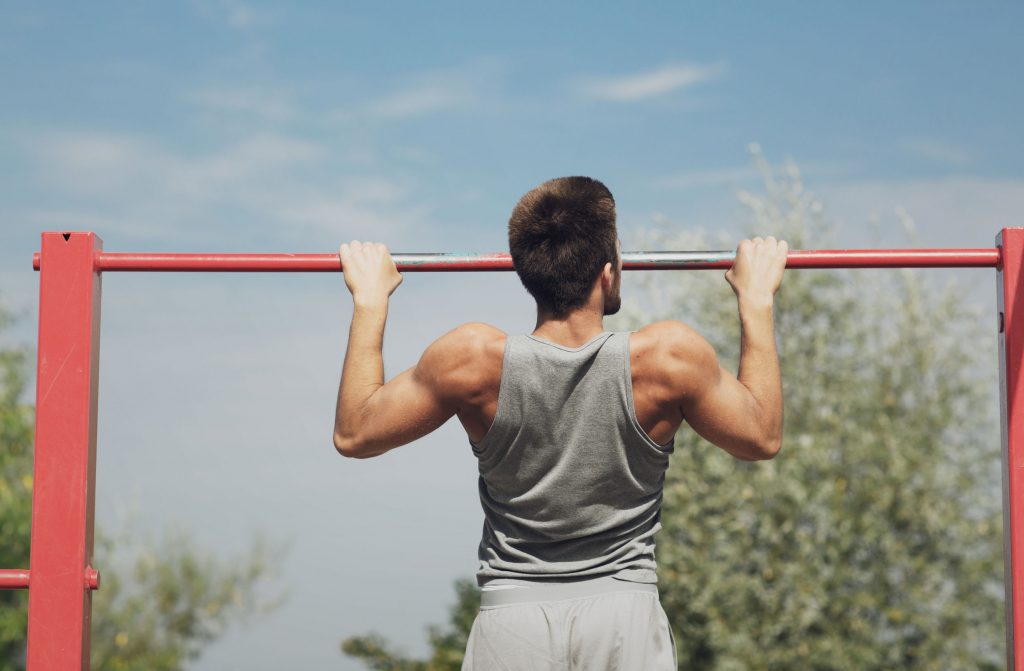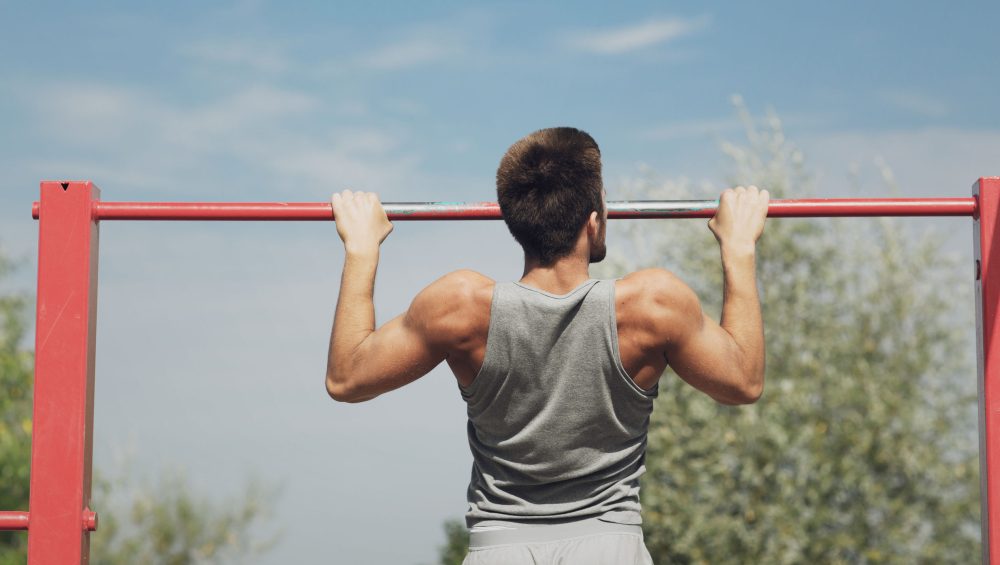I’m a huge fan of pull-ups/chin-ups. Pick your flavor. I find the ability to perform either of the two is a great litmus test of one’s upper body strength and overall body composition.

For many of my female clients both points are particularly true:
- Getting strong enough to bang out one, if not several reps, is never going to be a bad thing from a strength standpoint.
- And if they can perform several reps, it’s likely they have their body composition in check.
Unfortunately, not many women (and men too) can conquer the exercise on Day #1. It’s then on me to implement progressions that not only build context and prepare for the movement, but also builds confidence and elicits a training effect.
Priority #1 is MORE frequency. You’re not going to get better at hitting a pull-up/chin-up if you only train it once per week. To that end there are several ways to break things down with floor-based drills (hollow position holds, push-ups, rollouts) in addition to drills hanging from an actual bar (straight-arm hangs, flexed-arm hangs, eccentric only, accommodating assistance).
One pulling variation I’ve been having my female clients perform of late is this:
Rack Pull-Up
Who Did I Steal It From: Fellow T-Nation contributor Paul Carter.
What Does It Do: This is an excellent exercise for a few reasons: it forces the feet out front which helps maintain “canister” position throughout (preventing excessive ribs flaring out and cranking through lumbar spine) in addition to allowing more t-spine extension and scapular retraction.
It’s also an excellent exercise that hammers the lats and I love how you can accentuate the “stretch” at the bottom.
Also, to steal a line of thinking from Paul, at the top, the legs should be parallel to the floor. Any higher and you gain a leverage advantage and they’re not as difficult.
My client Sara makes these look easy, but trust me they’re more difficult than she makes them look.
Key Coaching Cues: The foot position noted above is important, so don’t skip that part. I also like to tell people to think about “pulling through their elbows” and to think about keeping their shoulder blades in their back pocket.
This drill can be used for people who can’t yet perform a chin-up/pull-up or are looking to increase that number by building a little more pulling strength/volume.



